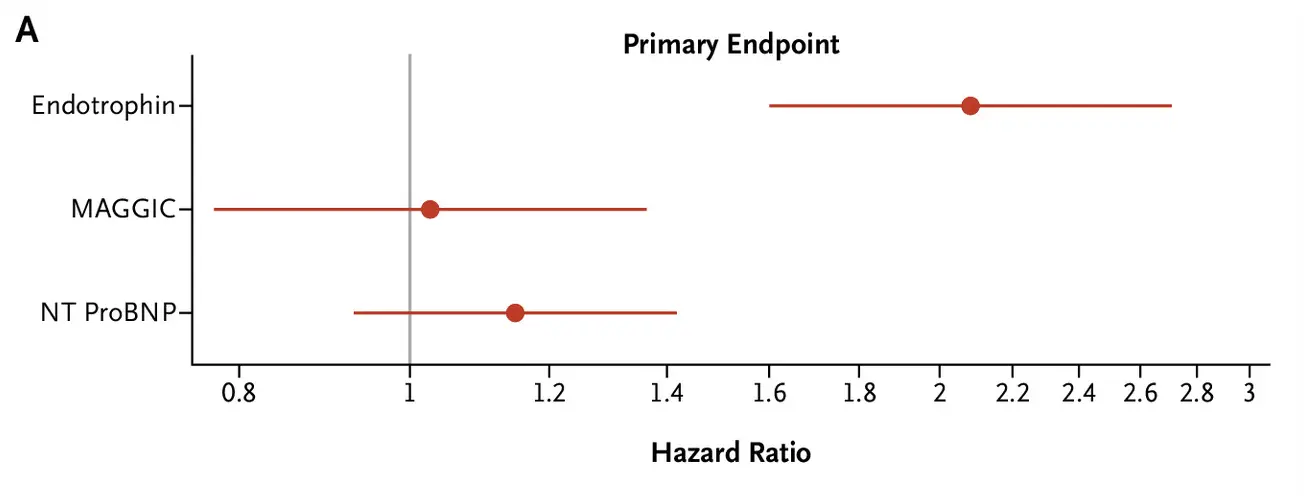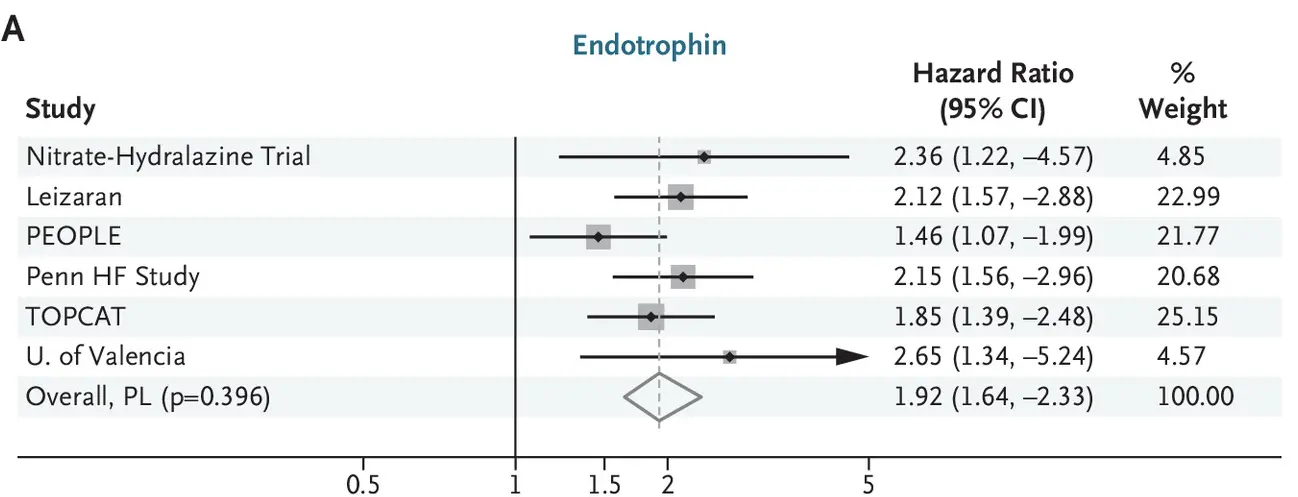Heart failure (HF) is a clinical manifestation induced by several cardiovascular pathologies.
It can be characterized by inefficiency of the heart to pump enough oxygenated blood to the body. HF is associated with an overall decrease in quality of life and high rates of admission to the hospital and mortality.
HF severity is categorized according to the New York Heart Association (NYHA) classification groups:
- NYHA Class I: No symptoms and no limitation in physical activity
- NYHA Class II: Mild symptoms, mild shortness of breath and/or angina, mild limitation to physical activity
- NYHA Class III: Marked limitation in physical activity caused by symptoms, decreased physical capacity, only comfortable at rest
- NYHA Class IV: Severe limitation to physical activity, experiences symptoms while at rest, mainly hospitalized patients
HF can be further divided into sub-categories based on the patient’s ejection fraction (EF).
Three sub-categories have been accepted to date: Heart Failure with Reduced Ejection Fraction (HFrEF), Heart Failure with Mid-Range Ejection Fraction (HFmrEF), and Heart Failure with Preserved Ejection Fraction (HFpEF).
HFrEF, and partially HFmrEF, have well-established treatment strategies which are effective in reducing morbidity and outcome. Conversely, specific biomarkers and treatments for HFpEF patients are urgently needed.
Common causes of HF regardless of subtype include coronary heart disease, previous myocardial infarction(s), high blood pressure, arrhythmias, and cardiomyopathy.
Cardiac fibrosis is a pathological process characterized by the accumulation of extracellular matrix proteins, such as collagens, within the cardiac muscle. It is a common feature of all types of heart failure and is associated with impaired cardiac function.
The degree of cardiac fibrosis in HFpEF is associated with the severity of diastolic dysfunction and is a predictor of adverse clinical outcomes. Therefore, understanding the balance of the formation and degradation of ECM proteins in HFpEF patients is of crucial importance.








